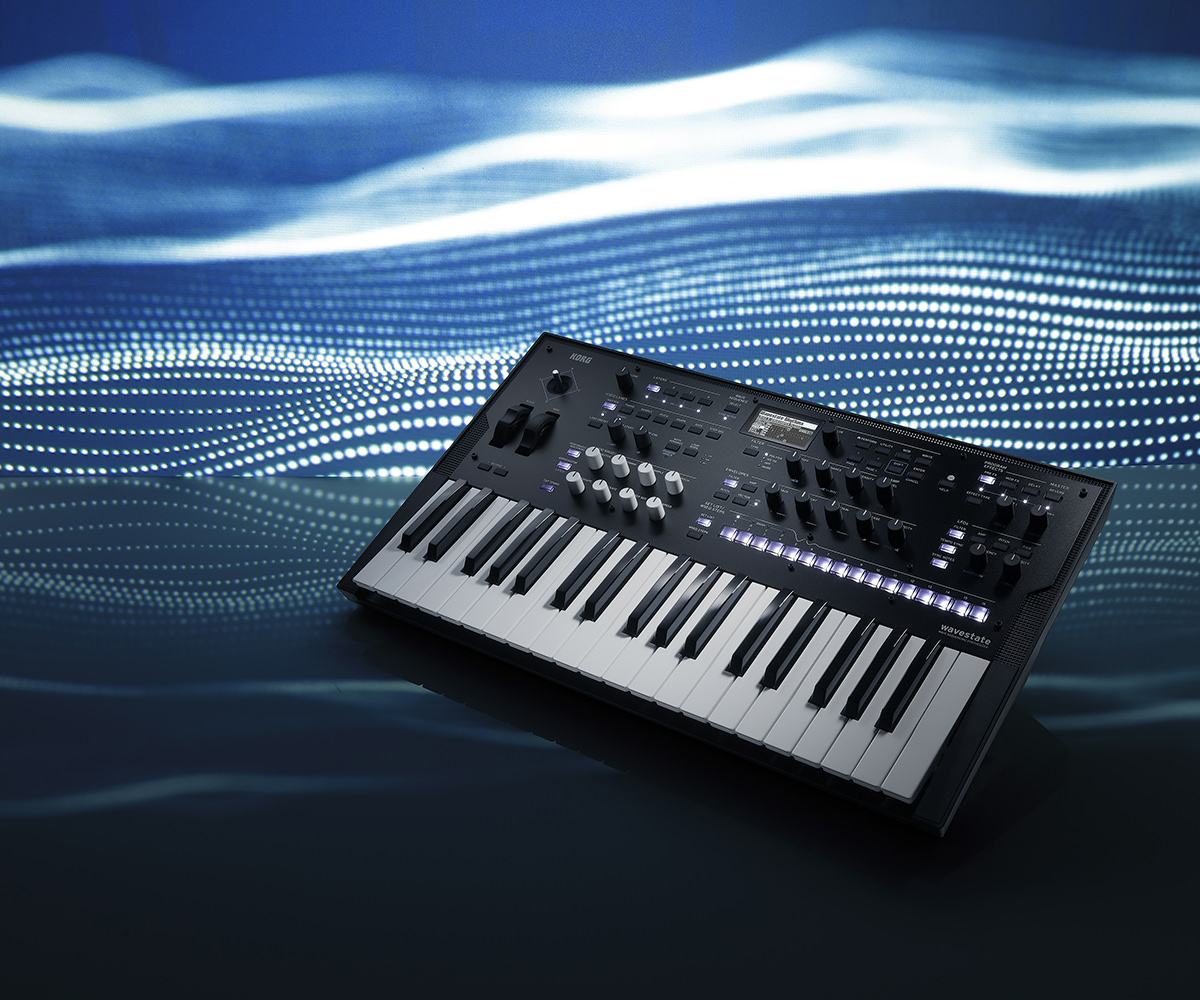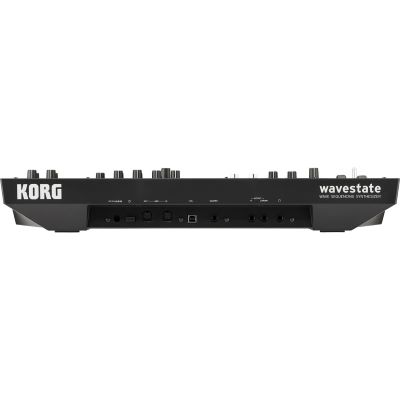

Subtractive will never get old and Roland classics like the Juno, Jupiter or SH-101 just sound good. In HW we see more of the same or subtractives. Popular VSTs nowadays are mixing several types of engines (Pigments) or expanding the set of oscillator waves (Serum).

And subtractive’s pretty much done, manufacturers are just tinkering with filters, modulation and effects at this point. As much as I love the sound of their synths, I will not buy from them again until they completely overhaul their drivers.What’s an innovative instrument and does that matter when making music? There’s quite a fetishization of gear happening nowadays, making and buying gear for gear’s sake.īy now one can see that subtractive is king, because it’s easy to understand, sounds great and one can hear it everywhere. I have never seen a manufacturer screw up their drivers as badly as Korg. I have owned dozens and dozens of synths from all sorts of different manufacturers. Unfortunately they don’t do me any good if I can’t integrate them into my recording rig. I’ve wanted a WaveState for a while, and now the OpSix sounds awesome as well. I sold it last month, which pained me greatly. I had a Korg Prologue and absolutely loved the sound, but I just could not get the damned thing to work. I also use a program called Divisimate that allows me to distribute notes from a chord across a bunch of monophonic instruments, and that creates 32 virtual MIDI devices. I have about a dozen hardware synths, plus a bunch of miscellaneous MIDI controllers (breath controller, Roli Seaboard, a bank of faders, etc). So if you have more than 10 MIDI devices, you are screwed.

Korg has made their drivers in such a way that the synth will only work correctly if the synth has one of the first 10 IDs. The first device you plug in is MIDI device 1, and so on. The other big issue with Korg that is rarely discussed is their terrible drivers.Įvery MIDI device that you plug into your computer is assigned a number.


 0 kommentar(er)
0 kommentar(er)
